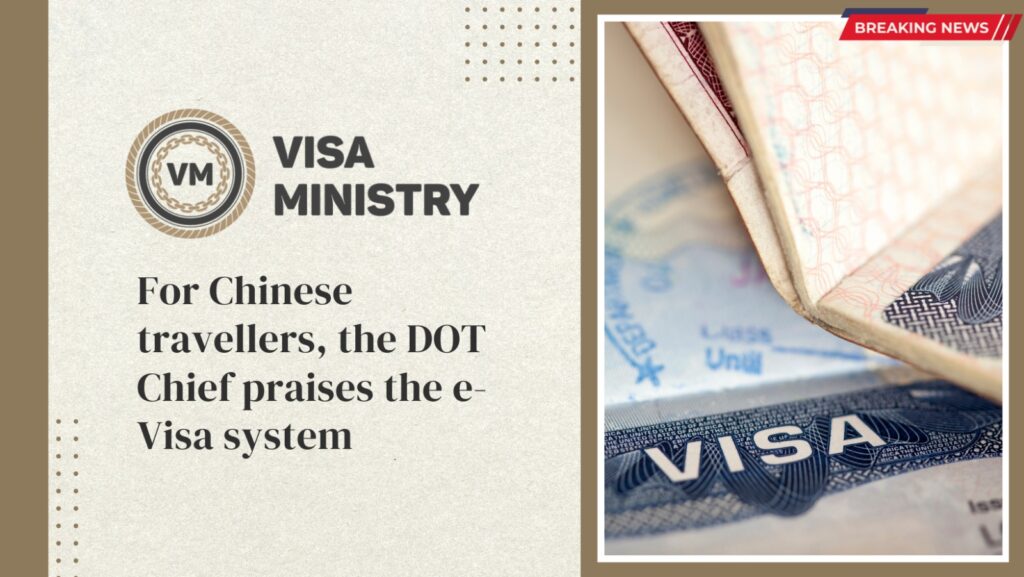The Philippine Department of Foreign Affairs (DFA) recently announced that the electronic visa (e-visa) system will soon be implemented for temporary visitors, beginning with a pilot programme for Chinese nationals and expanding to include Indian nationals by year’s end.
The DOT, DFA, Department of Information and Communications Technology (DICT), Department of Justice (DOJ), and Bureau of Immigration (BI) had discussed the streamlining of the visa application process in order to improve convenience and accessibility for all international travellers, starting with Chinese visitors, during the visa reforms convergence meeting held by the DOT last March 24, 2023 in accordance with the directive of President Ferdinand R. Marcos, Jr.
“We are grateful that the DFA will soon implement President Ferdinand R. Marcos, Jr.’s order to implement the e-visa system, as this will undoubtedly improve the experience of inbound travellers and tourists and have a positive impact on our international arrivals, particularly in the Chinese and Indian markets. According to Christina Garcia Frasco, the secretary of tourism, “We think this will also foster even closer intercultural exchanges, cultural understanding, and vibrant tourism cooperation.”
The DOT estimated that more than 1.7 million Chinese tourists visited the Philippines in 2019. The agency recorded 137,822 arrivals from China as of July 26, 2023, after Chinese travel restrictions were just lifted.
Due to the anticipated ease and improvement in visa processing, the e-visa is also regarded as one of the opportunities that could increase the confidence of airlines, charter operators, and travel agencies to resume flights from various points in China directly to tourist destinations in the Philippines such as Boracay, Bohol, Cebu, Legaspi, Clark, Laoag, Lallo, and Manila.
In the Chinese market, which currently favours other Southeast Asian destinations like Thailand, Indonesia, Vietnam, Malaysia, and Cambodia that provide landing visa to Chinese travellers, the e-visa will undoubtedly change the game. This will help these countries recover from the pandemic’s negative effects on tourism more quickly.
“The beneficial effect this project can have on reviving the Philippine tourism industry is one of its main benefits. China was the Philippines’ second-largest tourist market before the pandemic, and its record-breaking 1.7 million visitors in 2019 made a big contribution to our country’s thriving tourism industry. The launch of the e-visa system holds up the possibility of revitalising the Chinese market and expanding access to the Indian market, she continued.
The primary goal of the visa reform convergence meeting was to streamline the Philippines’ visa application processes in light of the DOT’s desire to hasten the country’s tourism resurgence as borders are gradually opened as the pandemic’s lockdown effect fades globally. Additionally, it was intended to solve the bottlenecks in tourism caused by red tape and formalities.
In order to entice visitors from particular nationalities to visit the Philippines, no less than President Marcos, Jr., instructed the relevant government agencies to extend the e-visa to those individuals earlier this year.
“The Philippines is quite proud of its many fascinating tourism attractions, rich cultural heritage, and kind people. According to Secretary Frasco, “We are confident that the introduction of the e-visa system will encourage more Chinese and new Indian visitors to discover the wonders of our archipelago, creating unforgettable experiences and lasting memories that will undoubtedly make them Love the Philippines as a top-of-the-mind tourist destination.”
Source- Travel daily

